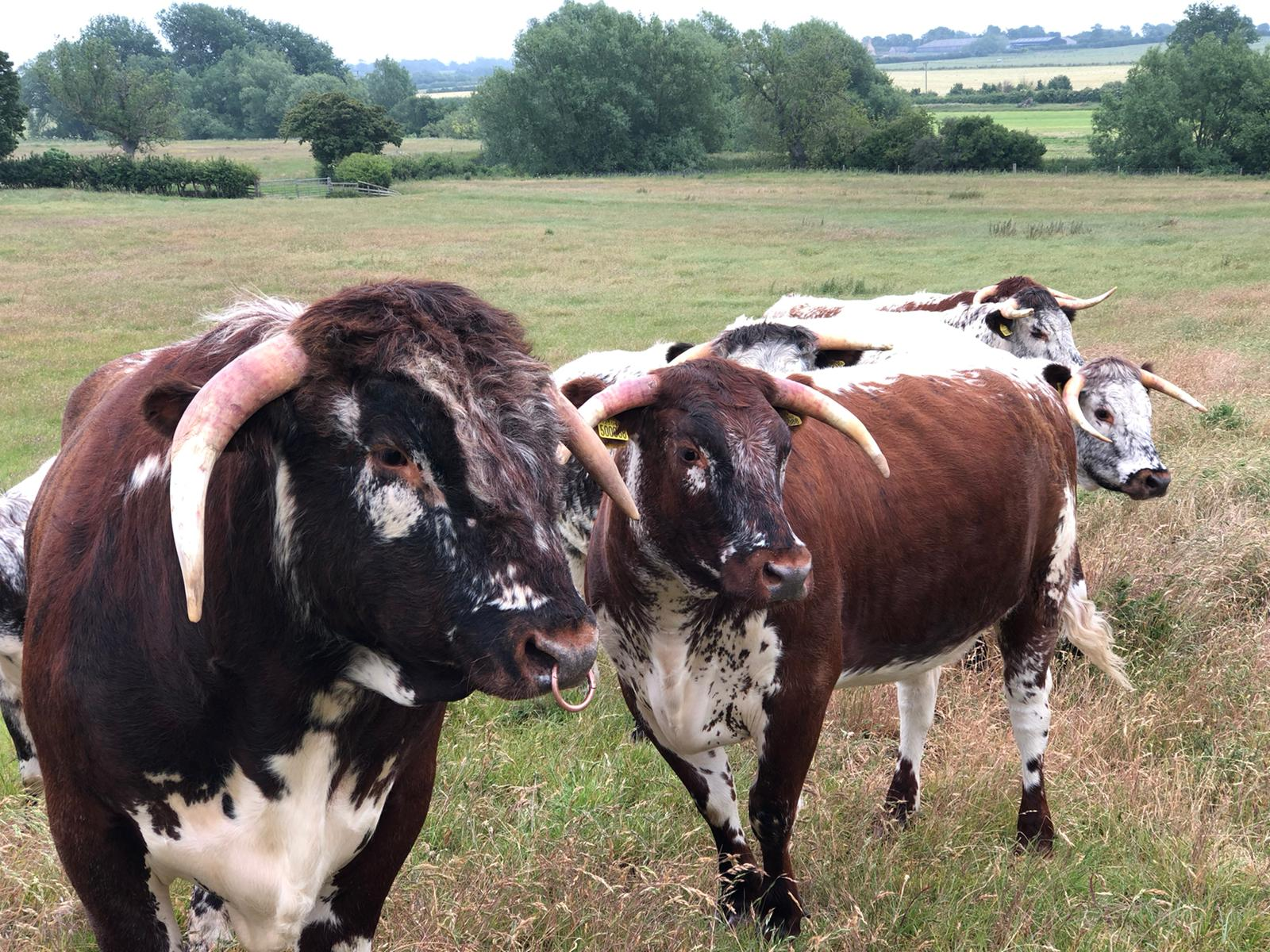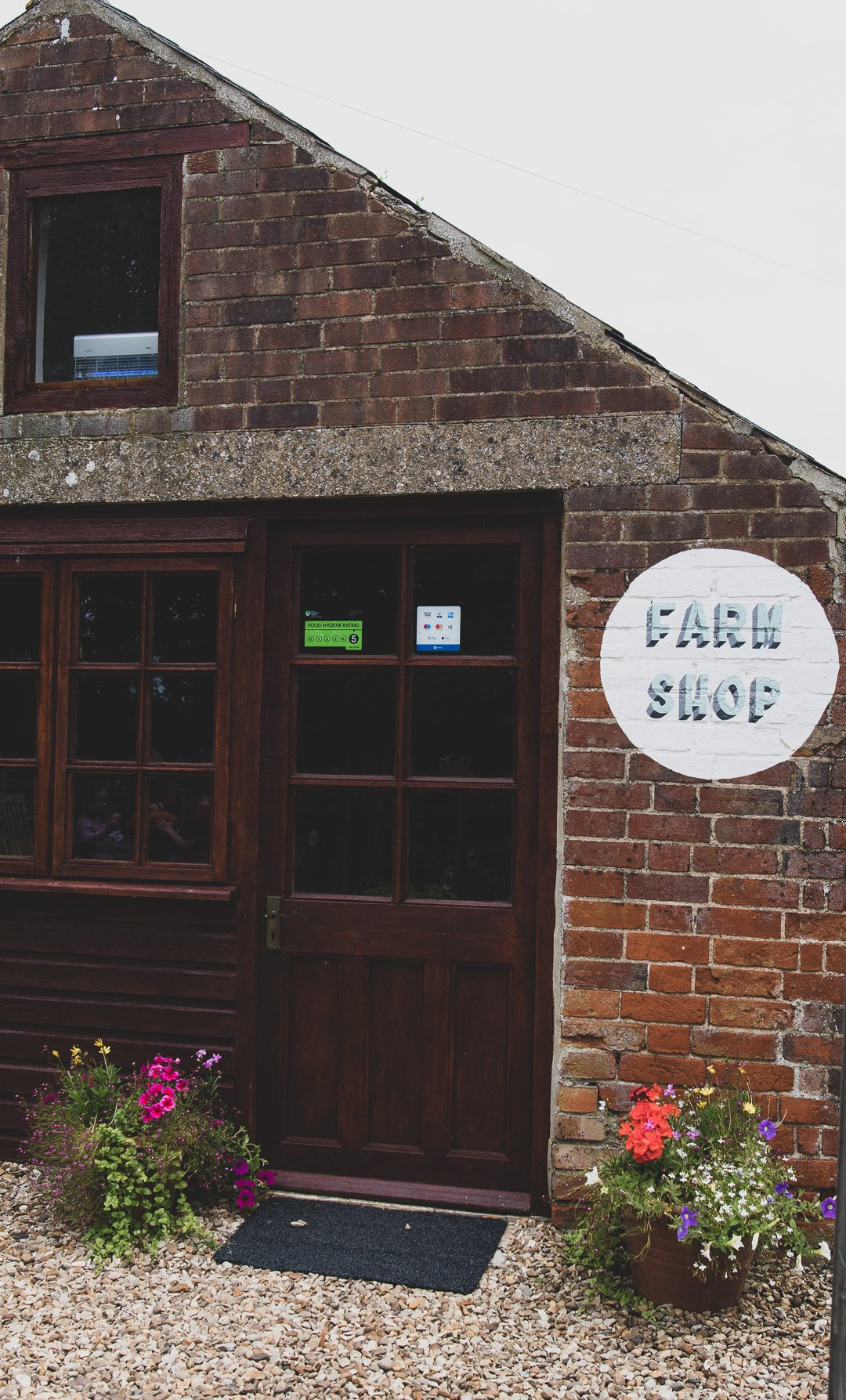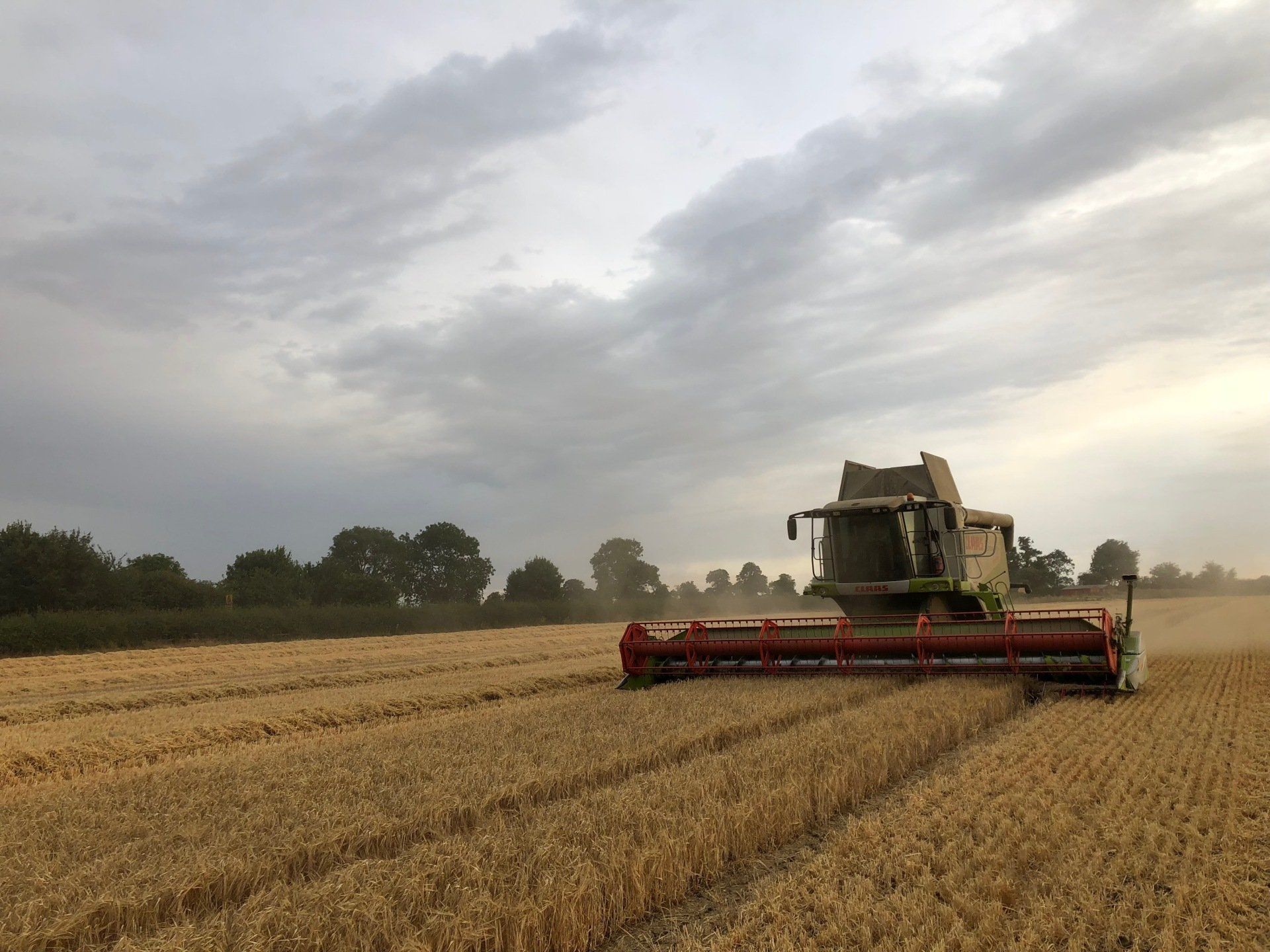


Traditional farming methods would see the use of a plough to turn over the weeds and expose the soil and commonly this is how fields were left over winter to break down ready for drilling in the spring. Growing demands on food production and profitable farming required crops to be planted earlier during the winter months and the process that took all winter was sped up by cultivators or power harrows and we have modern farming.
When we started farming the arable here we used a heavy cultivator prior to drilling to turn over the soil and breakdown the weeds, but our first winter proved to be very wet and it became apparent the fields were waterlogged and quickly became impassable, even when the weather improved in the summer the damage was already done, roots hadn’t established and as a result we had a terrible harvest.
At that point we made the decision to rethink our methods, we cannot order the weather, so we fixed on trying to set up the soil to withstand a lot of rain or a dry summer. With that in mind we settled on a strip tillage drill. When a crop is growing the roots are growing deep into the soil, the worms pull surface debris down deep into tunnels giving opportunity for the roots to grow deeper finding moisture and allowing excess water to filter into the soil. One pass with a plough or deep cultivator and this work would be undone and the process would need to start again, but with the strip tillage drill seeds are planted with less disturbance, leaving the deeper infrastructure intact and the benefits can already be seen in the soil.
Drilling the crop directly into the stubble is not without its disadvantages, if not burying the weeds we must spray them; artificial inputs are expensive and time consuming to apply. But that is where we feel regenerative agriculture comes into its own, one of the main principles being to leave no bare ground even between harvest and drilling. During this time soil can erode and lose precious nutrients so best to keep it under a blanket and that is where cover crops come in. A cover crop isn’t harvested like a conventional crop and depending on what Is sown can have a wealth of benefits to the soil including cycling nutrients, encouraging beneficial fungi and bacteria and controlling weeds. To make the most effective use of these cover crops and make our system truly regenerative we must reintroduce livestock to the rotation, once the cover crop has grown and it is time to drill the next crop, we will graze the cover crop thus reducing the need for the sprays and applying the manure directly to the fields and providing further nutrients to the soil.
This is of course a very simplified outline of regenerative farming and it is not something we can roll out to 200 acres overnight, but it is our ambition and with a lot of preparation and planning over the subsequent months and years we will be venturing into regenerative agriculture.



All Rights Reserved | Cranley Barn Farms